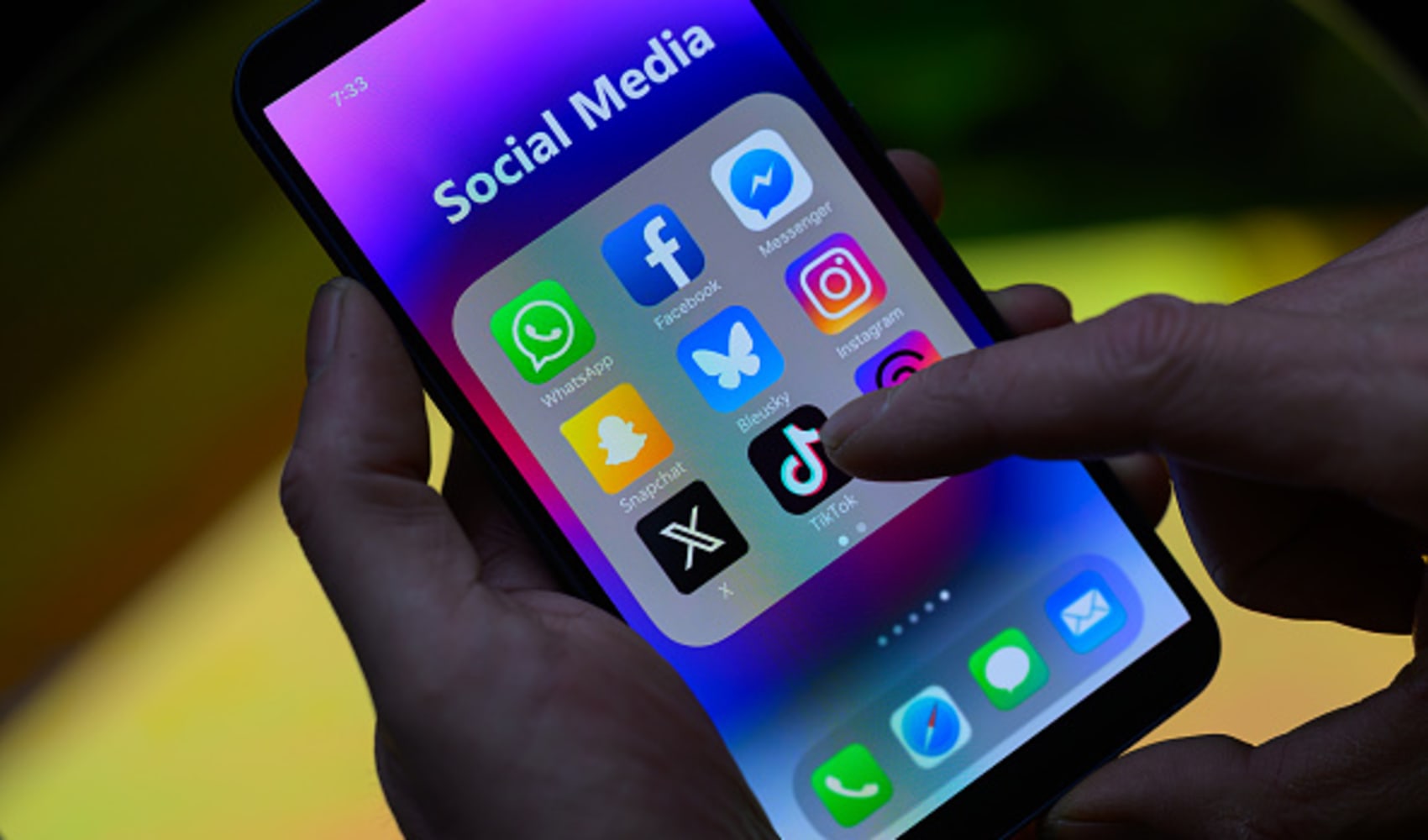Young Adult Loneliness: Shocking Harvard Survey & Solutions
America's Loneliness Crisis: Why Young Adults Feel Disconnected
Introduction: A Silent Epidemic Sweeping Through Young America
America is facing a growing problem, one that isn't always visible, but profoundly impacts the well-being of its citizens: loneliness. And alarmingly, it's the younger generations that seem to be bearing the brunt of this silent epidemic. A recent survey from The Institute of Politics at Harvard Kennedy School paints a stark picture, revealing that only 17% of U.S. adults under 30 feel "deeply connected to at least one community." That's right, less than one in five young Americans feels truly connected. So, what's going on, and why are so many young people feeling adrift?
The Harvard Survey: A Wake-Up Call
The Harvard survey, which polled 2,096 Americans aged 18 to 29, shines a light on a troubling trend. It's not just about fleeting moments of feeling alone; it's a pervasive sense of disconnection that's impacting their lives. Less than half of those surveyed feel they have a sense of community anywhere. Think about that for a moment. A significant portion of young adults don't feel like they belong, like they're part of something bigger than themselves.
The Search for Belonging: Are Young Adults Coming Up Empty?
The survey data gets even more concerning. Almost 1 in 3 young Americans are either actively searching for a sense of belonging or feel they simply don't have one. Imagine feeling like you're constantly on the outside looking in, unable to find your tribe. This yearning for connection is a fundamental human need, and when it goes unmet, it can lead to a cascade of negative consequences.
What's Fueling the Loneliness Crisis? Unpacking the Root Causes
Pinpointing the exact cause of this loneliness epidemic is a complex challenge. Experts are debating the various factors at play, and it's likely a combination of issues contributing to the problem. So, what are some of the potential culprits?
Social Media's Double-Edged Sword
One popular theory points to social media. While platforms like Facebook, Instagram, and TikTok are designed to connect people, they can also foster feelings of isolation and inadequacy. Constantly comparing ourselves to curated online personas can leave us feeling like we're not good enough, successful enough, or popular enough.
Systemic Issues: A World of Uncertainty
Another perspective suggests that the loneliness epidemic is a symptom of broader systemic issues. Concerns about the future – climate change, political polarization, economic instability – can weigh heavily on young people, making them feel anxious and disconnected from a world that seems increasingly uncertain.
The Pandemic's Lingering Effects: Isolation During Formative Years
The COVID-19 pandemic undoubtedly exacerbated the loneliness crisis, particularly for young adults. Many spent their formative years in lockdown, missing out on crucial social interactions and experiences. Think about the impact of virtual graduations, online classes, and canceled social events. These disruptions have had a lasting effect on their ability to form meaningful connections.
Beyond Social Media: Other Contributing Factors
While social media and the pandemic are significant contributors, other factors also play a role in the loneliness epidemic:
The Decline of Traditional Community Spaces
Remember the days when community centers, local churches, and social clubs were thriving hubs of activity? These spaces provided opportunities for people to connect, build relationships, and feel a sense of belonging. Unfortunately, many of these traditional community spaces have dwindled, leaving a void in people's lives.
Increased Geographic Mobility
In today's globalized world, people are more mobile than ever before. While this can be exciting and enriching, it can also lead to a sense of rootlessness and disconnection. Moving frequently can make it difficult to establish lasting relationships and build strong community ties.
The Rise of Individualism
Western culture has long emphasized individualism and self-reliance. While these values have their merits, they can also contribute to feelings of isolation. When we prioritize individual success over collective well-being, we risk losing sight of the importance of community and connection.
The Consequences of Loneliness: A Cascade of Negative Effects
Loneliness isn't just an unpleasant feeling; it can have serious consequences for our physical and mental health. Studies have shown that chronic loneliness is associated with:
- Increased risk of depression and anxiety
- Weakened immune system
- Increased risk of cardiovascular disease
- Cognitive decline
- Increased mortality
Ignoring the loneliness epidemic is not an option. It's a public health crisis that demands attention and action.
Bridging the Gap: Strategies for Building Deeper Connections
So, what can we do to combat the loneliness epidemic and help young adults build deeper connections? Here are some strategies:
Embrace Real-World Interactions
While social media can be a useful tool, it's no substitute for face-to-face interactions. Make an effort to spend time with friends and family in person. Join a club, volunteer for a cause you care about, or take a class that interests you. The key is to engage in activities that bring you into contact with other people who share your interests.
Cultivate Meaningful Relationships
It's not enough to simply be surrounded by people; you need to cultivate meaningful relationships. Invest time and effort in building genuine connections with others. Be a good listener, show empathy, and be willing to be vulnerable.
Practice Self-Compassion
It's easy to fall into the trap of self-criticism, especially when you're feeling lonely. But being kind to yourself is essential for building resilience and fostering connection. Practice self-compassion by treating yourself with the same kindness and understanding that you would offer to a friend.
Seek Professional Help
If you're struggling with chronic loneliness, don't hesitate to seek professional help. A therapist or counselor can provide you with the support and guidance you need to address your feelings and build healthier relationships.
The Role of Communities: Fostering Belonging
Communities play a crucial role in fostering a sense of belonging. Cities, towns, and neighborhoods can create environments that encourage social interaction and connection by:
- Investing in public spaces like parks, community centers, and libraries
- Supporting local businesses and organizations
- Organizing community events and activities
- Promoting diversity and inclusion
The Power of Empathy: Understanding Each Other's Struggles
One of the most powerful tools we have in combating loneliness is empathy. By taking the time to understand each other's struggles and offer support, we can create a more compassionate and connected society.
A Call to Action: Building a More Connected Future
The loneliness epidemic is a complex problem, but it's not insurmountable. By acknowledging the issue, understanding its root causes, and implementing effective strategies, we can build a more connected future for ourselves and for generations to come. It's time to prioritize human connection and create a world where everyone feels like they belong.
Conclusion: Reconnecting America, One Relationship at a Time
The Harvard survey underscores a critical issue: young Americans are struggling with loneliness and a lack of deep social connections. This isn't just a personal problem; it's a societal challenge with far-reaching consequences. Factors like social media, systemic anxieties, the pandemic, and the decline of community spaces all contribute. But hope remains. By prioritizing real-world interactions, cultivating meaningful relationships, and fostering empathy, we can begin to bridge the gap and build a more connected America, one relationship at a time. The future depends on our ability to reconnect.
Frequently Asked Questions (FAQs)
- Q: Why are young people experiencing so much loneliness?
A: Several factors contribute, including social media's impact on self-esteem, societal pressures, the lingering effects of pandemic isolation, and the decline of traditional community spaces.
- Q: How can I tell if I'm experiencing loneliness?
A: Signs include feeling isolated even when surrounded by people, difficulty forming meaningful relationships, a persistent sense of sadness or emptiness, and a lack of motivation to engage in social activities.
- Q: What are some practical steps I can take to combat loneliness?
A: Focus on real-world interactions, join a club or group that aligns with your interests, volunteer for a cause you care about, and prioritize building deeper connections with existing friends and family.
- Q: Is social media always a bad thing when it comes to loneliness?
A: Not necessarily. Social media can be a useful tool for staying connected with distant friends and family. However, excessive use and comparing yourself to others online can contribute to feelings of isolation and inadequacy. It's all about balance.
- Q: Where can I find professional help if I'm struggling with chronic loneliness?
A: You can search for therapists or counselors in your area through online directories like Psychology Today or GoodTherapy. Many mental health organizations also offer resources and support groups.

